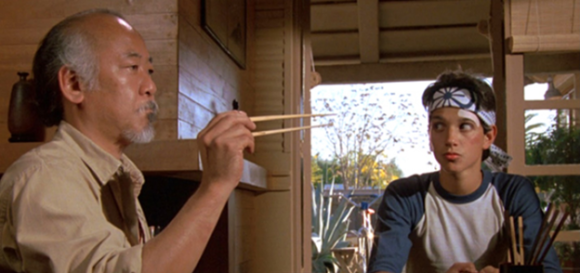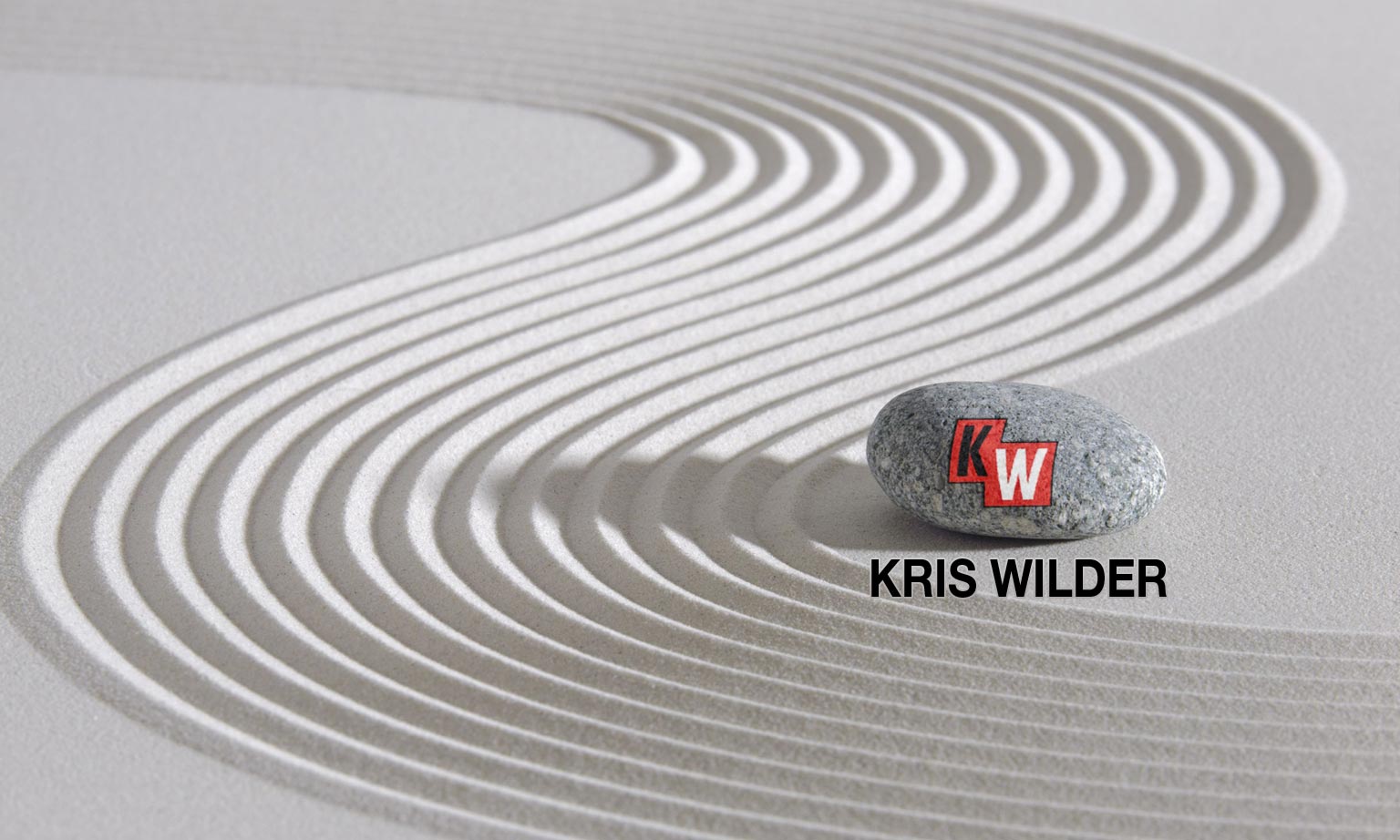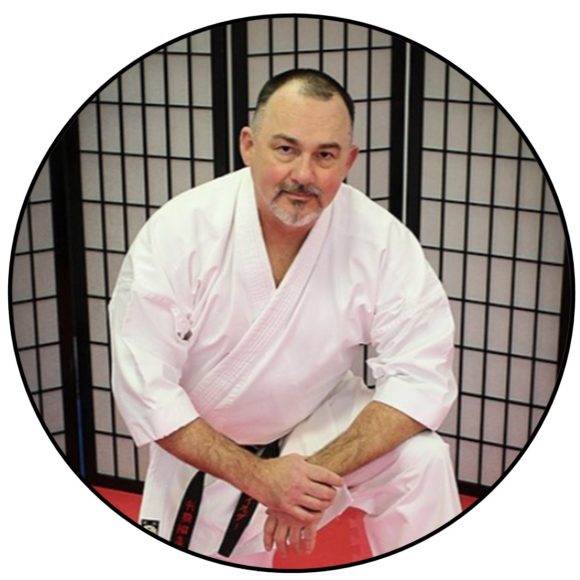

Karate blocks, let’s make them work. We have all caught a punch in training. I don’t mean reaching out with chopsticks and catching a fly from the air, I mean guiding a punch straight into our chest.
Not only does it hurt our arm or chest but it hurts our ego. “I thought was better than that.” Runs through our mind and then a quick, “Let’s do that again.”
Often the same results.
We try to fix it by being faster, by anticipating or shifting our body. We are trying to do everything in our power to honor the block as it was taught.

A Lesson On A Pacific Ocean Beach
One late summer many years ago I was at a karate club summer camp. It was late afternoon and my teacher tapped me on the shoulder, “Let’s go to the beach and do kata in the sunset.” “Heck yes!” was my reaction. We crossed the dunes and walked onto the hard pack sand left by the receding tide of the Pacific Ocean.
“Let’s do the first kata.” As my teacher pointed to my place beside him on the sand. We did the form; it was a magical moment and place.
He stepped back and pointed to a new smooth patch of sand, “Now you do your most advanced form, I’ll watch.” I did as he asked. The moment retained its magic.
See The Facts
Afterward, he called to where he was standing. “Look at that pattern in the sand,” pointing to the first kata I did. Then casting his hand over to the second form I had done “That kata has the same stances in it, right?” The word, “Absolutely,” fired from my mouth. “Why are they different?” came in response as my teacher pointed to the sand.
He was right, the tracks left in the sand where different. I pondered for a minute. “Look, I’ll help you.” He stepped forward to the kata left in the sand. “You learned that kata when you were a white belt, that one over there as a black belt.”
The Bomb
Then he dropped the bomb, “Why are you still doing that first kata like you are still a white belt?” “All your kata should reflect a higher ability, not held in the past.”
The chest block is a fantastic tool to prove the larger subject. Transferring our knowledge downward into our already trained habits is our goal.
The story I told about training kata in the early evening on a beach looking out over the Pacific Ocean was a great lesson. I wasn’t progressing as I should. Here are a couple of pictures to help illustrate what I am talking about.
Let’s Make Karate Blocks Work

Many kata begin like this picture. Arms crossed, held closely, and then a powerful exhalation while stepping forward into the form. If you do Sanchin kata this position may be familiar. The move elsewhere in other karate systems.
It feels good, It feels powerful, and it is LARPing LARP is an acronym for Live Action Role Play. It is pretending. The arms are close to the body away from the threat. The arms and the hands are moving inward away from the threat. You run away from a predator and it chases you. The movement is not based in reality.
Both arms can be stopped with one of the attacker’s weapons, a hand, or a shield of some form. See the red X.

You can see from the side view the space ceded to the attacker. The green line illustrates the distance from the fingertips to the crossed arms held close to the body. This space should be yours and not the attackers.

The chest lock as taught when you were a beginner served you well, it fails you now.

This is a position or a similar position often taught at the beginning levels of martial arts. Here is how to do a chest block. It serves a purpose and once that purpose is served move on. Alan Watts is quoted, “…if you get the message, hang up the phone.”
When we started our karate journey we learned blocks and strikes. As we grew in time and understanding we were told, “There is no block in karate.” The block is a violent defense. Of course, there are exceptions and they are situational, but that is for you to determine.
Sure, Nothing New Here You Say
Sure, nothing new here you say…
I suspect you’ve done what I have done. Explained that the blocks are not blocks but an attack design to gain the advantage. And then I’ve turned around and said, “OK let’s practice our blocks.”
The Japanese word for a block is “Uke” and it can translate to receive in English. But in karate blocks should be seen as an attack the majority of the time. Jack Dempsey (World Heavyweight Boxing Champion from 1919 to 1926) called it Aggressive Defense in his book.
I choose to think of the block as an attacking weapon. Not new as we know. Here is a brilliantly explained demonstration by German bladed weapon expert Roland Warzecha.
This is a 30-minute video warrant your time.
A Foundation For A New View
Simply put he gives you a foundation for a new view.
Look at how aggressive defense is demonstrated in his video. Consider adapting your movements as he has suggested. Of course, he is using a bladed weapon and that changes distance, timing, and strike, but focus on the shield work. Sit with this link and see you’re dealing with is an Attacking Weapon. These terms are from Roland, they are not original to me, and I use his words now when working with advanced students.
The Way To View The Karate Block
Again, some exceptions, but the majority of the time you should say, “Attacking Weapon,” and “Exploiting Weapon.” instead of block and attack.
As stated earlier in this series, by my old karate instructor on the beach, “Why are you doing your kata the way you did it when you were a white belt?”
Don’t forget to mark your calendar for Roland Warzecha’s Martial Arts and Life Podcast Interview.
His interview is available on November 4th, 2020. You can subscribe here: iTunes
A few links to other podcasts and blogs you will likely enjoy.
Let’s Connect
KRIS WILDER
Kris Wilder is a martial artist based in Seattle Washington. He has authored many martial art books, including the classic, The Way of Kata. Making no apologies for his obsession of Football he can be found telling any who will listen about the nuances of the Canadian Football League.





